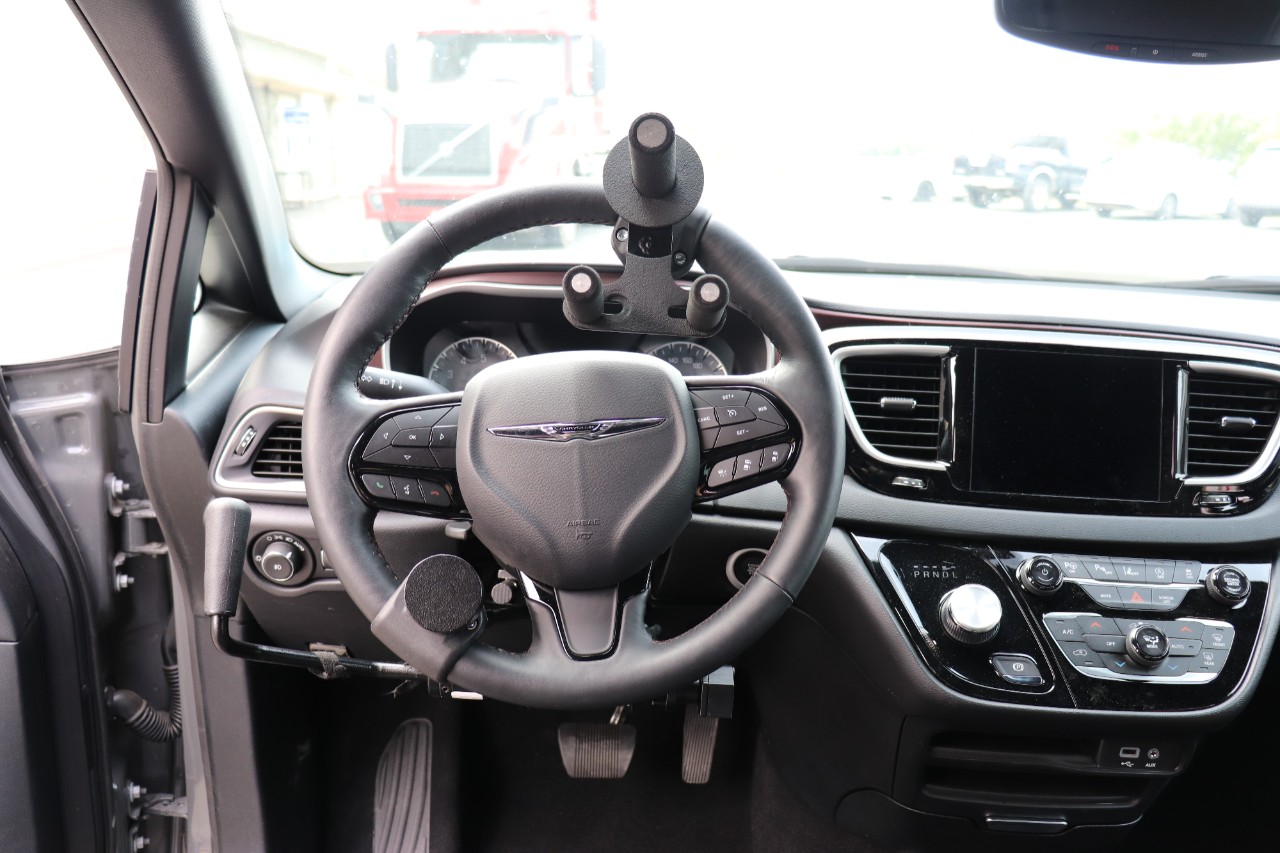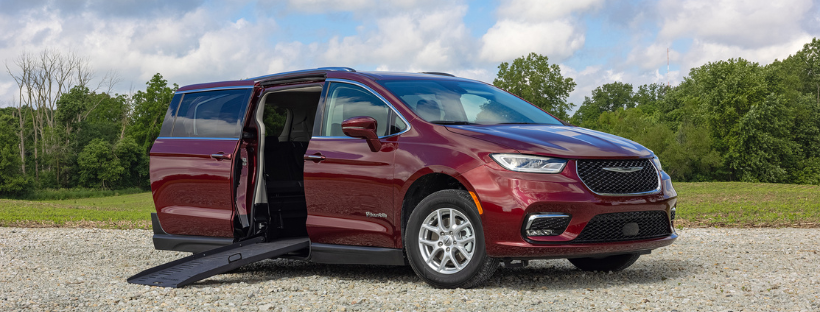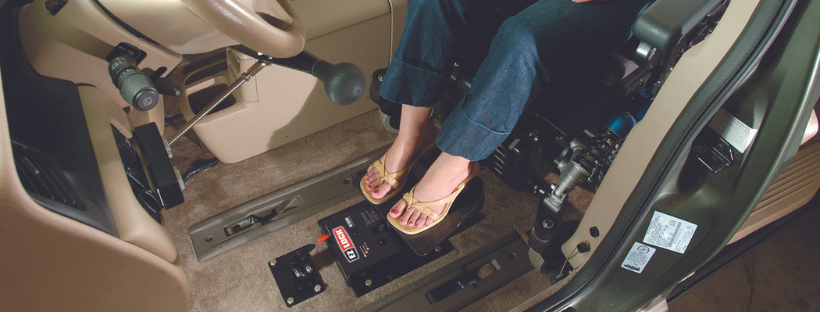
Checklist for Finding and Purchasing a Child Wheelchair
Finding and purchasing a wheelchair for a child can be a daunting task. However, with the right resources and knowledge, you can find the perfect wheelchair to meet the needs of your child. First, it is important to assess your child’s needs. Consider the age and size of your child, their disabilities, and any other physical limitations. Knowing this information will help you determine the best type of wheelchair for your child. Different types of wheelchairs offer different benefits, such as adjustable seating, adjustable armrests, and different levels of support.
Our checklist for finding and purchasing a child's wheelchair will help you with this special project and take away your stress.
1. Ask Your Doctor Which Wheelchair May Be Safest for Your Child
You want to make sure you get the best and safest wheelchair. Therefore, your first and best source of advice is the doctor.
Your doctor can tell you if a wheelchair is necessary, which ones support your child’s illness, and where you might find trustworthy options. They can also help decide if you need to buy one or whether a child's wheelchair rental is sufficient.
Moreover, you can learn how you can get your insurance or tax deductions to support the costs.
2. Child Activeness When Using a Wheelchair
When it comes to purchasing a wheelchair for a child, it is important to consider their level of activity. An active child will require a wheelchair with certain features that will help them remain as mobile and independent as possible.
For an active child, look for a wheelchair that is lightweight, has adjustable seat width, and adjustable seat depth. A lightweight wheelchair will make it easier for the child to maneuver around their environment, and adjustable seat width and depth will help ensure the child’s comfort.
It is also important to consider options that will help the child remain active. Look for wheelchairs with adjustable center of gravity, adjustable back angle, and adjustable armrests. These features will help the child maintain their balance while in the wheelchair and will also help to reduce fatigue.
When selecting a wheelchair for an active child, it is also important to consider the type of terrain the child will be traveling on. Look for wheelchairs with suspension systems, anti-tip wheels, and anti-tippers. These features will help the child handle any terrain they may encounter, from carpeted floors to rough terrain.
Finally, consider the child’s physical abilities when selecting a wheelchair. If the child is able to propel themselves, look for wheelchairs with adjustable handles, adjustable speeds, and adjustable braking systems. If the child needs assistance propelling the wheelchair, look for wheelchairs with power assist options.
3. Physical Support Needed in Wheelchair
Depending on the level of activity, a wheelchair will have to provide physical support for movement. The chair needs to be adjusted to the child’s size to provide the best support. This includes checking the proper width, depth, and height.
For example, the seat of the chair must be able to fit the child’s hips. If there’s too little space, it’s uncomfortable. If there’s too much, this impacts the child’s ability to reach out to the wheel rims.
Moreover, do you need any additional support for the wheelchair. There are various options out there like harnesses, self-propel management, and electric controls.
4. Environment Where Using a Wheelchair
Before looking at wheelchair types, you must also have a good understanding of where the wheelchair will be used. Answer questions like these to help guide your search:
Is it only for at home or also for school?
Will the child enter unknown environments regularly?
Will the child need to maneuver on their own?
Will there always be a caretaker around?
5. Wheelchair Type
Finally, you need to choose your wheelchair type. There are tons of options out there, and it’s ever-increasing.
There are two popular ways of distinguishing between wheelchair types:
Manual vs. Electric
Lightweight vs. Ultra-Lightweight
Manual wheelchairs require a caregiver to push the chair for the child. This is a cheaper option but requires constant support. The electric chairs offer more freedom and mobility but are generally heavier and harder to move around.
An ultra-lightweight wheelchair is great for frequent transportation. It’s also more expensive. If the wheelchair is largely for the home, then a regular lightweight option is also appropriate.
Finding The Perfect Child Wheelchair
When you have found the perfect wheelchair, your child will have more opportunities and more freedom to move around. If you consider the checklist above for a child wheelchair, you will make the right choice based on importance, functions, and safety.
If you’re still not sure, our representatives are happy to help you make a decision! Find a location near you and start your search today.
Connect with Us
Sign up to receive our newsletter to stay up to date on the latest United Access news, events, and products.


